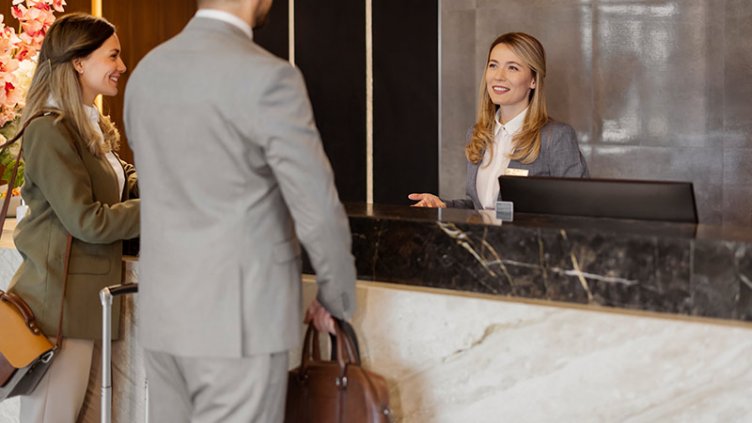Wellington rising to retail challenge with significant city pedestrian surge
Wellingtonians are voting with their feet with a noticeable return to the heart of the city.
JLL’s new research revealed a 30% increase in pedestrian flow in the CBD as we moved from Alert Level 2 to Alert level 1 in June 2020 – an encouraging sign for the property market.
Taking inspiration from the annual Property Institute of New Zealand (PINZ) pedestrian count in Wellington, we concentrated on several key popular benchmark retail locations and undertook pedestrian counts on Thursday the 3rd of June and then two weeks later on Thursday the 17th of June.
The count was undertaken solely at the lunchtime period between 12 pm and 1 pm as it allowed us to assess both the number of potential retail customers and office worker engagement with the economy during lunch breaks. Although the weather was relatively poor on the two days chosen for the study, it was very similar on both days which adds a degree of consistency to the survey results.
Our analysis showed a clear and defined uptick in the number of people in the city during lunchtime as the Wellington economy moved from Covid-19 Alert Level 2 to Covid-19 Alert Level 1; the key difference between the two being the relaxation of social distancing and full re-opening of retail businesses.
There has been an immensely positive impact of the Government supporting a return of its own workforce back into the city which shows the influence of their actions and decision making. This has been good for retailers as office occupancy levels rise and workers increasingly engage with the economy during their breaks.
The prime areas of Lambton Quay (up 35%) and Willis Street (up 33%) are, as would be expected, seeing the highest increase in footfall as the market returns towards normal. The city is starting to fill up again, which is a great boost for the economy. As would be expected in any recovering market, the quality and position of property will be increasingly important to market activity in the short-to-medium-term.
However, we do note that this does indicate that there is potentially some way to go when compared to the PINZ “average shopping hour” if we are to return to pre-lock down levels. It is logical that investors are likely to pursue a strategy of flight to quality, and that retailers will become increasingly focused on prime locations during the next normal.
This view is supported by how customers are reacting to the re-opening of the economy, and it shall be interesting to see how things develop in the coming months.



